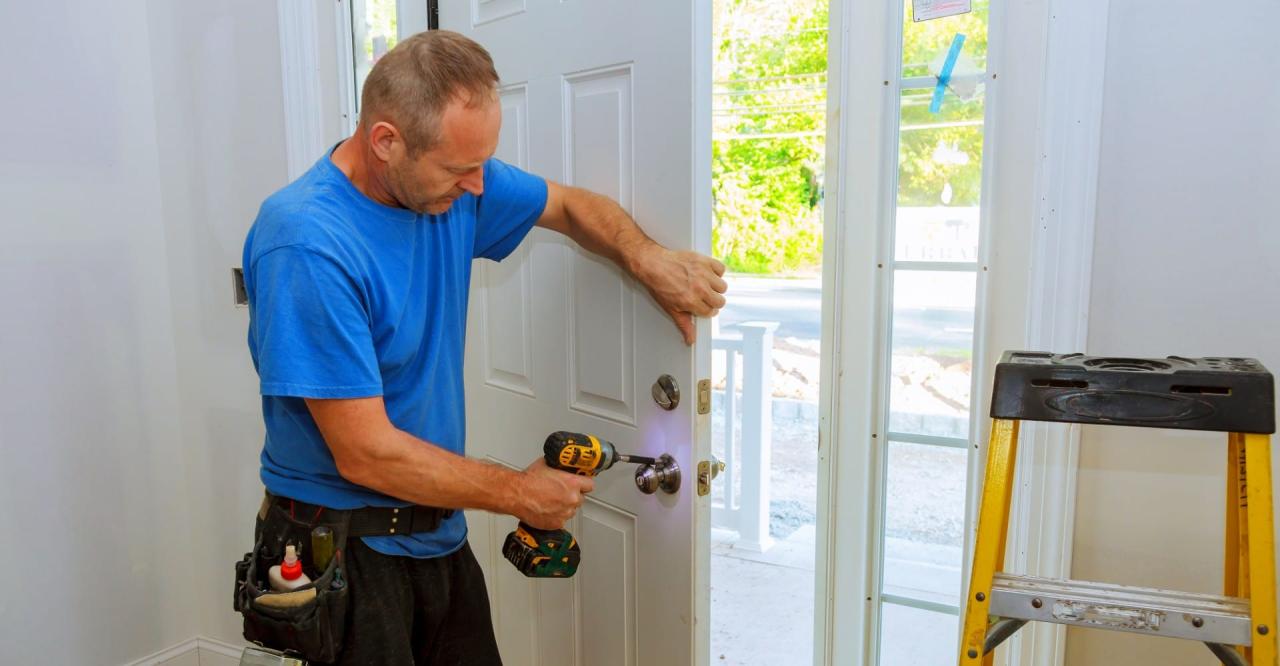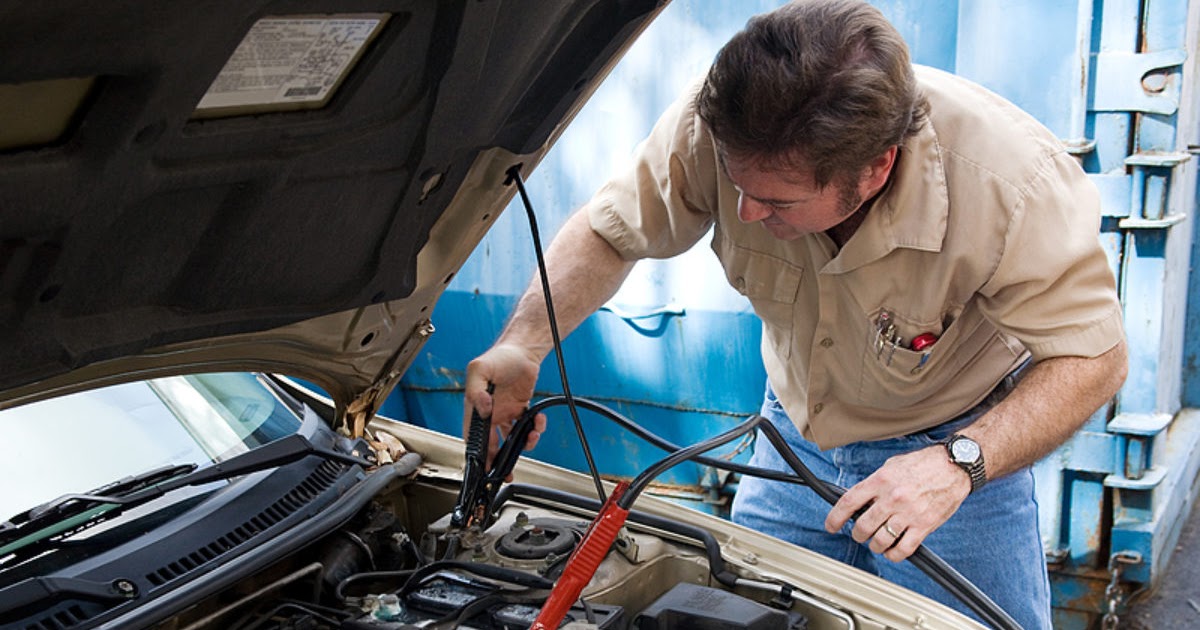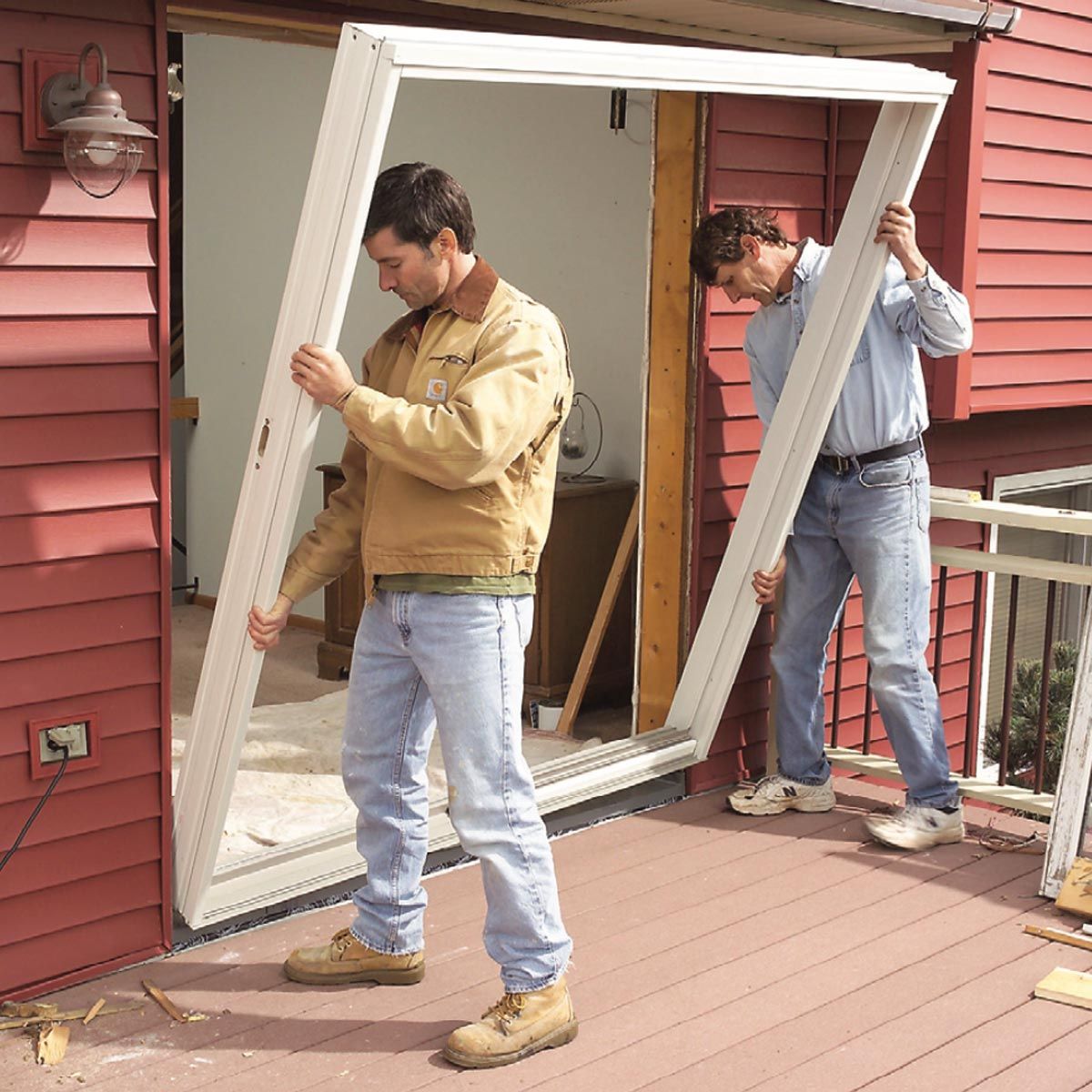How to replace: A Comprehensive Guide to Understanding and Executing Replacements is the ultimate resource for anyone who needs to replace anything, from a light bulb to a car engine. This book covers everything you need to know about replacement, from the basics to the most advanced techniques.
Whether you’re a do-it-yourselfer or a professional, this book will teach you everything you need to know about replacement. You’ll learn how to identify when something needs to be replaced, how to choose the right replacement part, and how to install it correctly.
Understanding the Need for Replacement

Replacement is the act of replacing something with a new or different one. It is a common occurrence in many different contexts, from replacing a worn-out car part to replacing a lost or stolen item. There are many reasons why replacement may be necessary, and the type of replacement will vary depending on the situation.
One common reason for replacement is when an item has become worn out or damaged. For example, a car tire may need to be replaced if it has become bald or damaged, or a pair of shoes may need to be replaced if they have become worn out. In these cases, the replacement item is typically identical to the original item, and the purpose of the replacement is to restore the item to its original condition.
Another reason for replacement is when an item has become obsolete or outdated. For example, a computer may need to be replaced if it is no longer able to run the latest software, or a cell phone may need to be replaced if it is no longer able to access the latest cellular networks. In these cases, the replacement item is typically a newer model that is more up-to-date, and the purpose of the replacement is to improve the functionality of the item.
Finally, replacement may also be necessary when an item has been lost or stolen. In these cases, the replacement item is typically identical to the original item, and the purpose of the replacement is to restore the item to its owner.
Methods and Procedures for Replacement

Yo, replacing stuff is not rocket science, but it’s good to have a plan before you start messing with your ride. Here’s the 411 on how to get it done right:
Step 1: Safety First
Before you touch anything, pop the hood and disconnect the battery. This will keep you from getting shocked or causing any electrical fires.
Step 2: Identify the Problem
Figure out what’s busted and needs replacing. Check for any loose connections, blown fuses, or damaged parts.
Step 3: Gather Your Tools
Depending on what you’re replacing, you might need a wrench, screwdriver, pliers, or a socket set. Make sure you have the right tools for the job.
Step 4: Remove the Old Part
Disconnect any wires or hoses connected to the old part. Then, use the appropriate tools to remove it. Be careful not to damage any other parts in the process.
Step 5: Install the New Part
Line up the new part and connect it in the same way as the old one. Make sure it’s secure and tight.
Step 6: Reconnect Everything
Reconnect any wires or hoses that you disconnected earlier. Check to make sure everything is plugged in properly.
Step 7: Test It Out
Start your ride and test out the new part. Make sure it’s working properly and there are no leaks or other issues.
Examples of Replacement in Different Industries

Replacement is a widespread practice across various industries, each with unique applications and challenges.
Manufacturing
In manufacturing, replacement is crucial for maintaining production efficiency and quality.
- Replacing machinery: As machines age, they become less efficient and prone to breakdowns. Replacing them with newer, more advanced models can increase productivity and reduce maintenance costs.
- Replacing components: Worn-out or damaged components can affect the performance of machinery. Timely replacement ensures smooth operation and prevents costly downtime.
Construction
Replacement is essential for maintaining the safety and integrity of structures.
- Replacing building materials: Roofs, windows, and siding deteriorate over time and need to be replaced to prevent leaks, drafts, and structural damage.
- Replacing infrastructure: Bridges, roads, and other infrastructure components have a limited lifespan and require replacement to ensure public safety and mobility.
Technology
In the rapidly evolving technology industry, replacement is driven by innovation and obsolescence.
- Replacing devices: Smartphones, laptops, and other electronic devices become outdated quickly. Replacing them with newer models offers access to improved features and security updates.
- Replacing software: Software becomes obsolete or unsupported over time. Replacing it with newer versions ensures compatibility, security, and access to the latest functionality.
Safety Considerations and Precautions
Replacing components or systems can involve potential hazards and risks. Understanding these risks and taking appropriate precautions are crucial for ensuring a safe and efficient replacement process.
Before starting any replacement task, it’s essential to identify and assess the potential hazards involved. These may include electrical hazards, mechanical hazards, chemical hazards, and ergonomic hazards.
Electrical Hazards
- Electrical hazards pose a significant risk during replacement processes.
- Always ensure the power is turned off and the equipment is properly grounded before working on electrical components.
- Use insulated tools and wear appropriate personal protective equipment (PPE) such as gloves and safety glasses.
- Never attempt to repair or replace electrical components unless you are qualified and authorized to do so.
Mechanical Hazards
- Mechanical hazards can arise from moving parts, sharp edges, and heavy objects.
- Identify and guard against potential pinch points and moving parts.
- Use proper lifting techniques and equipment when handling heavy components.
- Wear appropriate PPE such as safety glasses, gloves, and hard hats.
Chemical Hazards
- Chemical hazards may be present in certain replacement processes, such as exposure to solvents, cleaning agents, or lubricants.
- Always read and understand the Material Safety Data Sheets (MSDSs) of any chemicals used.
- Use proper ventilation and wear appropriate PPE such as respirators and chemical-resistant gloves.
- Dispose of chemical waste properly according to local regulations.
Ergonomic Hazards
- Ergonomic hazards can occur when replacement tasks involve repetitive motions, awkward postures, or heavy lifting.
- Use proper ergonomics to avoid strain and injuries.
- Take breaks and use assistive devices when necessary.
- Report any discomfort or pain to a supervisor immediately.
Troubleshooting and Problem-Solving

Replacing stuff ain’t always smooth sailing, fam. Here’s the lowdown on common hiccups you might face and how to handle them like a pro.
Before you start, make sure you got the right tools and know what you’re doing. If you’re not confident, don’t hesitate to call in the big guns (aka a pro).
Identifying Common Problems
- The new part doesn’t fit: Double-check that you got the right size and type of part. If it still ain’t right, contact the manufacturer.
- The part is loose or wobbly: Tighten the screws or bolts until it’s snug. If it’s still loose, there might be a problem with the part itself.
- The device isn’t working after replacement: Make sure the part is connected properly and all the wires are in the right place. If it’s still not working, the part might be faulty.
Troubleshooting Tips
Here are some general troubleshooting tips:
- Check the instructions carefully: Don’t skip any steps, especially if you’re not sure about something.
- Take your time: Rushing can lead to mistakes. Slow down and focus on doing it right.
- Use the right tools: The right tools make the job easier and safer.
- Don’t force it: If something’s not going in smoothly, don’t force it. Stop and figure out what’s wrong.
- If you’re stuck, ask for help: There’s no shame in asking for help if you’re not sure what to do. A pro can help you troubleshoot the problem and get it fixed.
Cost and Resource Management
Understanding the financial impact of replacement is crucial for effective project management. Material costs, labor expenses, and potential downtime can significantly affect the budget. Optimizing resource allocation and implementing cost-saving strategies are essential to minimize expenses during replacement processes.
Material Costs
Material costs include the purchase of new components, spare parts, and any additional supplies needed for the replacement. It’s important to compare prices from multiple suppliers, negotiate discounts, and consider bulk purchases to reduce expenses.
Labor Expenses
Labor costs involve the wages paid to technicians, engineers, or contractors performing the replacement. Careful planning and scheduling can minimize labor hours, and training or upskilling existing staff can reduce the need for expensive external labor.
Downtime Costs
Downtime refers to the period when equipment or systems are unavailable due to replacement. This can lead to lost productivity, revenue, and customer dissatisfaction. Minimizing downtime through efficient planning, proactive maintenance, and having backup systems in place is essential to mitigate these costs.
Environmental Impact of Replacement
Replacement activities can have significant environmental implications, particularly regarding waste disposal and resource consumption. Therefore, it’s crucial to consider sustainable practices to minimize the environmental impact.
Waste Management
Replacement often generates waste, including obsolete equipment, packaging materials, and discarded parts. Proper waste management practices are essential to reduce environmental harm. This includes recycling or reusing materials whenever possible, diverting waste from landfills, and adhering to local regulations for waste disposal.
Resource Conservation
Replacement also involves the consumption of resources, such as raw materials, energy, and water. Sustainable practices aim to conserve resources by using recycled or renewable materials, optimizing energy efficiency, and minimizing water usage during replacement activities.
Sustainable Practices
Organizations can implement various sustainable practices to minimize the environmental impact of replacement:
- Establish a comprehensive waste management plan that prioritizes recycling, reuse, and responsible disposal.
- Opt for eco-friendly materials and products that are recyclable or biodegradable.
- Promote a culture of responsible consumption and encourage employees to consider the environmental impact of their actions.
- Partner with recycling and waste management companies to ensure proper disposal and resource recovery.
li>Design products with longevity and easy repairability to reduce the frequency of replacement.
By adopting these practices, organizations can reduce their environmental footprint and contribute to a more sustainable future.
Ethical and Legal Considerations
Replacing any item, from a light bulb to a car engine, carries ethical and legal responsibilities. These responsibilities ensure that the replacement is done safely, legally, and with respect for the environment.
Adhering to ethical and legal standards during replacement processes is crucial for several reasons. First, it ensures the safety of individuals involved in the replacement process, as well as the safety of those who will use the replaced item. Second, it helps protect the environment by ensuring that hazardous materials are disposed of properly and that resources are used efficiently. Third, it helps maintain trust between businesses and consumers by ensuring that products are replaced fairly and ethically.
Product Warranties
Product warranties are legal contracts between a manufacturer and a consumer that guarantee the quality and performance of a product for a specified period. When a product fails to meet the standards set forth in the warranty, the consumer may be entitled to a replacement or repair. It is important to note that warranties vary from product to product, so it is important to read the warranty carefully before making a purchase.
Safety Regulations
Safety regulations are government-mandated rules that are designed to protect the public from harm. These regulations may apply to the replacement of certain products, such as electrical appliances, plumbing fixtures, and automotive parts. It is important to follow all safety regulations when replacing any product, as failure to do so could result in injury or damage to property.
Environmental Compliance
Environmental compliance refers to the laws and regulations that are designed to protect the environment. These laws may apply to the replacement of certain products, such as batteries, electronic waste, and hazardous materials. It is important to dispose of these products properly in accordance with environmental regulations.
Best Practices for Successful Replacement
Achieving successful replacement outcomes hinges on adopting key principles and adhering to best practices. By following these guidelines, you can optimize efficiency, enhance quality, and prioritize safety throughout the replacement process.
To ensure a seamless replacement, consider the following tips and recommendations:
Planning and Preparation
-
Conduct thorough planning and preparation to establish a clear understanding of the replacement objectives, scope, and timeline.
-
Gather necessary resources, materials, and equipment in advance to avoid delays or disruptions during the replacement process.
-
Identify potential risks and develop contingency plans to mitigate any unforeseen challenges that may arise.
Communication and Coordination, How to replace
-
Maintain open and effective communication with all stakeholders involved in the replacement process, including team members, contractors, and end-users.
-
Establish clear roles and responsibilities to ensure smooth coordination and accountability throughout the project.
-
Provide regular updates and progress reports to keep everyone informed and aligned on the project’s status.
Quality Assurance
-
Implement rigorous quality control measures to ensure that the replacement components and processes meet the desired standards.
-
Conduct thorough testing and validation to verify the functionality and performance of the replaced components or systems.
-
Establish a system for continuous monitoring and evaluation to identify any potential issues or areas for improvement.
Safety and Environmental Considerations
-
Prioritize safety by adhering to established protocols and regulations throughout the replacement process.
Yo, check it. If you’re tryna figure out how to replace something, don’t sweat it. It’s like when you’re trying to read manga. You gotta know the right way to do it, right? How to read manga ain’t rocket science, but it’s got its own rules.
Once you get the hang of it, you’ll be reading those sick comics like a boss.
-
Identify and mitigate any potential environmental impacts associated with the replacement, such as waste disposal or hazardous materials handling.
-
Ensure proper training and certification for personnel involved in the replacement process to minimize risks and ensure compliance.
Future Trends and Innovations in Replacement

The future of replacement processes holds exciting advancements and innovations that promise to transform industries. Emerging technologies and innovative approaches are driving progress towards greater efficiency, reduced costs, and enhanced sustainability.
Emerging Technologies
- Artificial Intelligence (AI) and Machine Learning (ML): AI and ML algorithms analyze vast amounts of data to predict replacement needs, optimize schedules, and improve decision-making.
- Augmented Reality (AR) and Virtual Reality (VR): AR and VR technologies provide immersive experiences for remote inspections, training, and guidance during replacement tasks.
- Robotics and Automation: Robots and automated systems are increasingly used for precise, repetitive, or hazardous replacement tasks, enhancing safety and efficiency.
Innovative Approaches
- Predictive Maintenance: Advanced sensors and data analytics monitor equipment condition and predict potential failures, enabling proactive replacement before breakdowns occur.
- Modular Design: Modular components make replacement faster, easier, and less costly by allowing for quick and easy swapping of individual parts.
- Sustainable Materials and Practices: Environmentally friendly materials and sustainable replacement practices reduce waste and minimize the environmental impact of replacement processes.
These emerging technologies and innovative approaches are shaping the future of replacement, making processes more efficient, cost-effective, and sustainable.
Conclusive Thoughts: How To Replace
Replacement is a necessary part of life. Whether you’re replacing a light bulb or a car engine, it’s important to know how to do it correctly. This book will teach you everything you need to know about replacement, from the basics to the most advanced techniques.
So if you’re ever wondering how to replace something, reach for this book. It’s the only resource you’ll ever need.
Popular Questions
What is replacement?
Replacement is the process of replacing something with a new or different one.
Why is replacement important?
Replacement is important because it allows us to keep our belongings in good condition and to keep them functioning properly.
How do I know when something needs to be replaced?
There are a few signs that indicate that something needs to be replaced. These signs include:
- The item is no longer working properly.
- The item is damaged.
- The item is outdated.
How do I choose the right replacement part?
When choosing a replacement part, it is important to consider the following factors:
- The size of the part
- The shape of the part
- The material of the part
- The cost of the part
How do I install a replacement part?
The process of installing a replacement part will vary depending on the type of part and the item it is being replaced in. However, there are some general steps that can be followed:
- Gather the necessary tools and materials.
- Disconnect the power to the item.
- Remove the old part.
- Install the new part.
- Reconnect the power to the item.